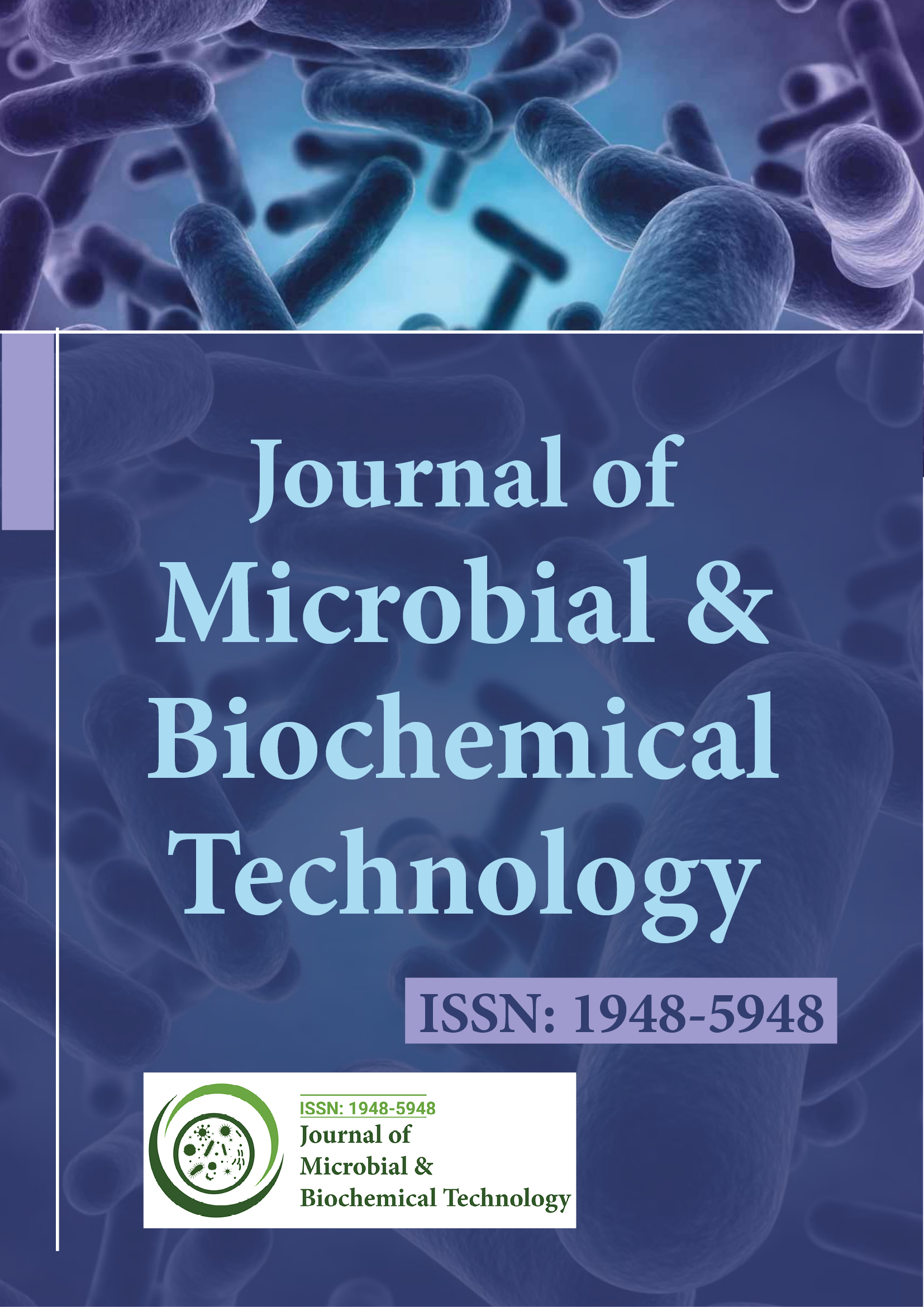インデックス付き
- 学術雑誌データベース
- Genamics JournalSeek
- アカデミックキー
- ジャーナル目次
- 中国国家知識基盤 (CNKI)
- シマゴ
- Global Online Research in Agriculture (AGORA) へのアクセス
- 電子ジャーナルライブラリ
- レフシーク
- 研究ジャーナル索引作成ディレクトリ (DRJI)
- ハムダード大学
- エブスコ アリゾナ州
- OCLC-WorldCat
- SWBオンラインカタログ
- 仮想生物学図書館 (vifabio)
- パブロン
- ミアル
- 大学補助金委員会
- ジュネーブ医学教育研究財団
- ユーロパブ
- Google スカラー
このページをシェアする
ジャーナルチラシ

概要
土壌媒介菌および空気媒介菌に対するカリウム塩の効力の比較とトマト萎凋病および果実腐敗を抑制する能力
ジャブヌーン=キアレディン H、アブダラ R、エル=モハメディ R、アブデル=カリーム F、ゲデス=チャヘド M、ハイラウイ A、ダーミ=レマディ M
ソルビン酸カリウム (PS)、炭酸水素カリウム (PB)、リン酸水素二カリウム (DPHP) について、Fusarium oxysporum f. sp. lycopersici (FOL)、F. oxysporum f. sp. radicis-lycopersici (FORL)、F. solani、Verticillium dahliae (VD)、Rhizoctonia solani、Colletotrichum coccodes、Pythium aphanidermatum、Sclerotinia sclerotiorum、Botrytis cinerea、および Alternaria solani に対する抗真菌活性を評価しました。これらの薬剤は、Verticillium および Fusarium 萎凋病、および Fusarium 冠腐病および根腐れ病 (FCRR) を抑制する能力、トマトの成長に対する効果、および Botrytis、Alternaria、Rhizoctonia、および炭疽病果実腐敗病の潜在的な制御についてスクリーニングされました。 PS (0.25-1.5%)、DPHP (0.1-0.6 M)、PB (0.1-0.6 M) は、濃度依存的に真菌の成長を阻害し、最高濃度で最大の阻害が達成されました。感受性の種間変動が検出され、P. aphanidermatum、S. Sclerotiorum、B. cinerea がすべての塩に対して最も感受性が高かった。PS (0.25%)、PB (50 mM)、DPHP (50 mM) を使用した単独処理では、萎凋病に対する保護の程度はさまざまでした。PS は、VD、FOL、FORL 接種対照と比較して、萎凋病の重症度をそれぞれ 50、78.26、65% 低下させました。 PS は、FORL 接種植物と比較して、植物の高さ、根、地上部の新鮮重量がそれぞれ 20.61、30.76、33.02% 大幅に増加し、FOL および VD 接種植物と比較して、根の新鮮重量がそれぞれ 42.18、32.87% 改善されました。PB ベースの処理により、フザリウム萎凋病および FCRR の重症度がそれぞれ 60.86 および 30% 低下しましたが、バーティシリウム萎凋病は抑制されませんでした。DPHP はフザリウム萎凋病のみを 65.21% 抑制しました。果実処理として使用した場合、DPHP と PS は、接種および未処理の対照と比較して、それぞれボトリチス、リゾクトニア、アルテルナリア、炭疽病による果実腐敗を 46.68% と 30.81%、14.04% と 15.74%、20% と 31.67%、19.17% と 25.24% 大幅に減少しました。PB ベースの処理では、リゾクトニア果実腐敗が 12.83% 大幅に減少しました。これらの結果は、PS がトマトの真菌性疾患を効果的に防除するための潜在的な非生物的剤として使用できる可能性があることを示しています。